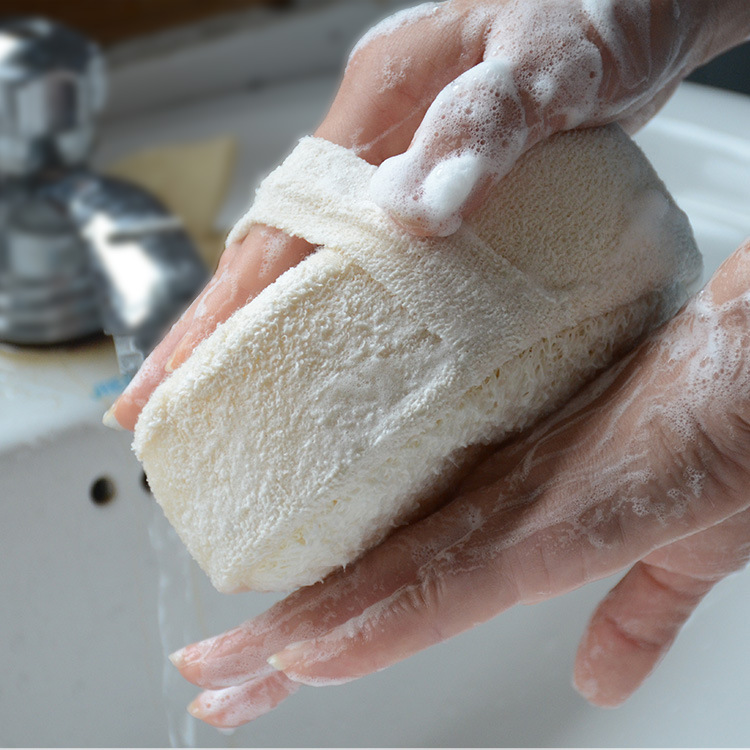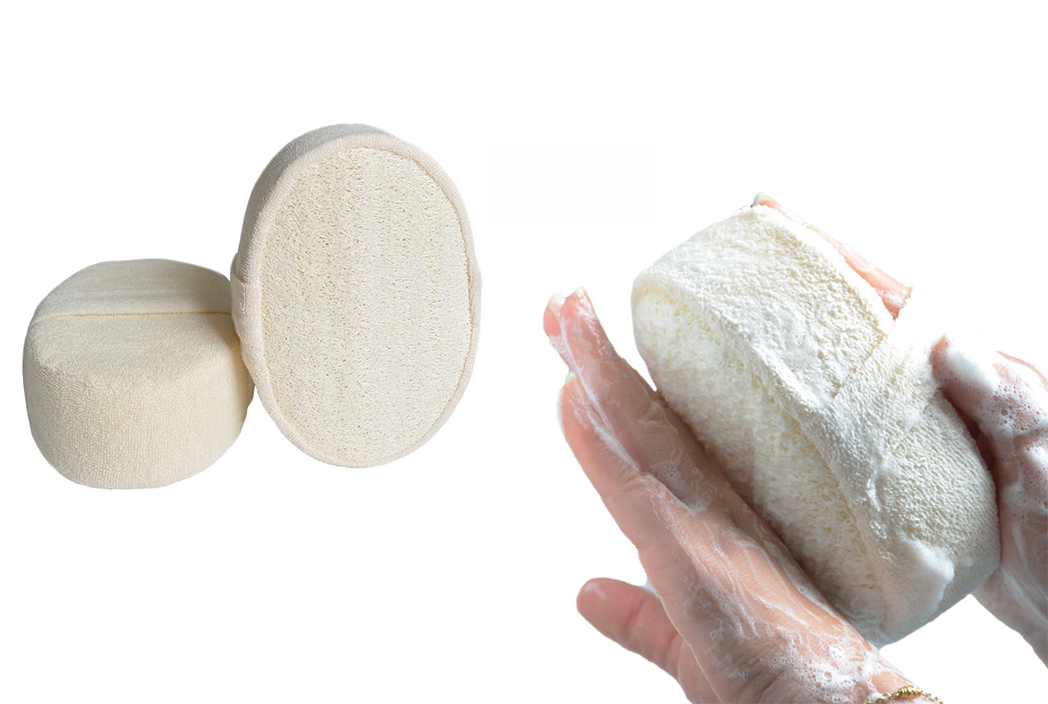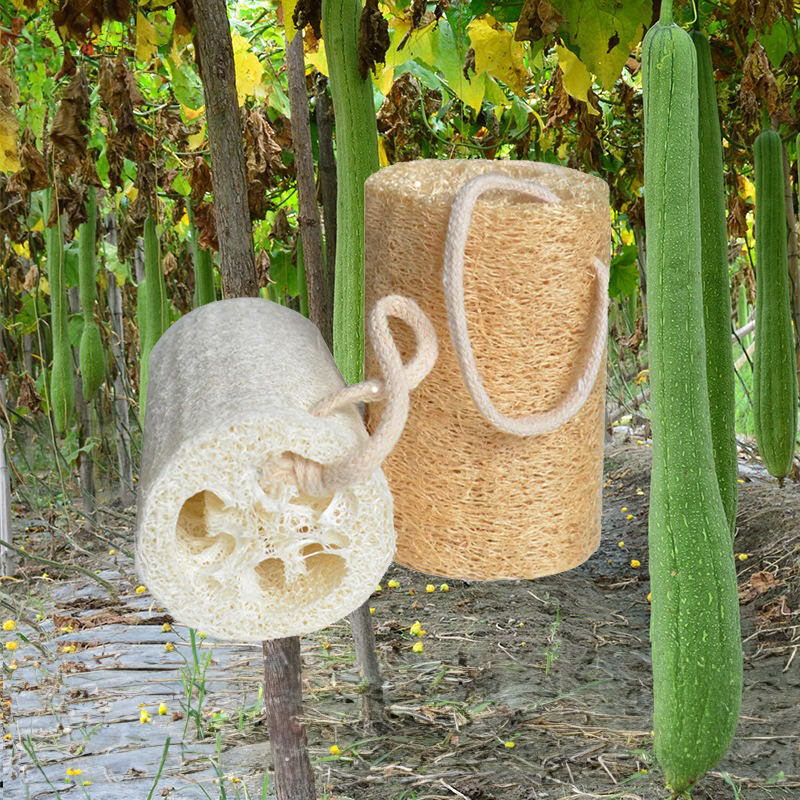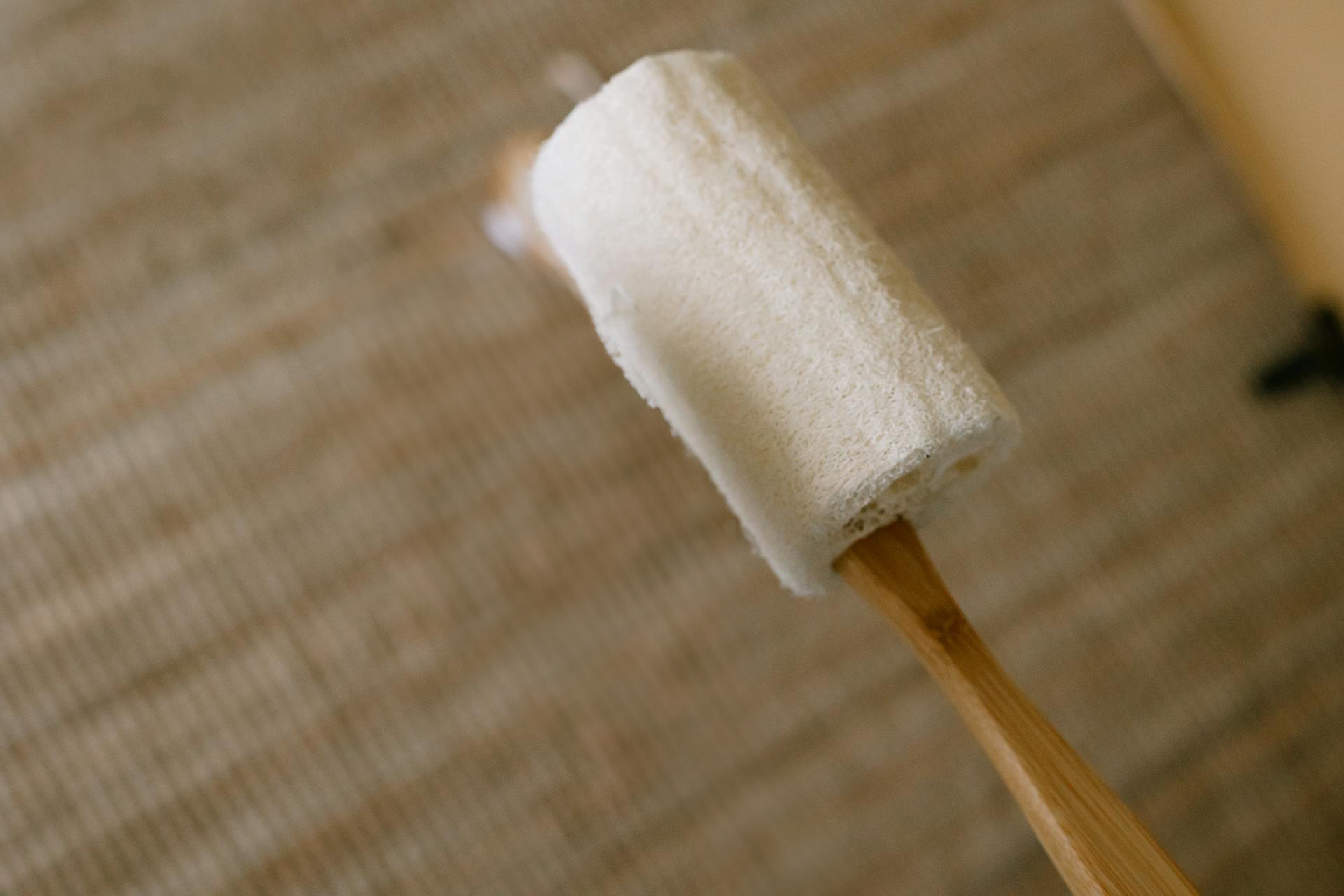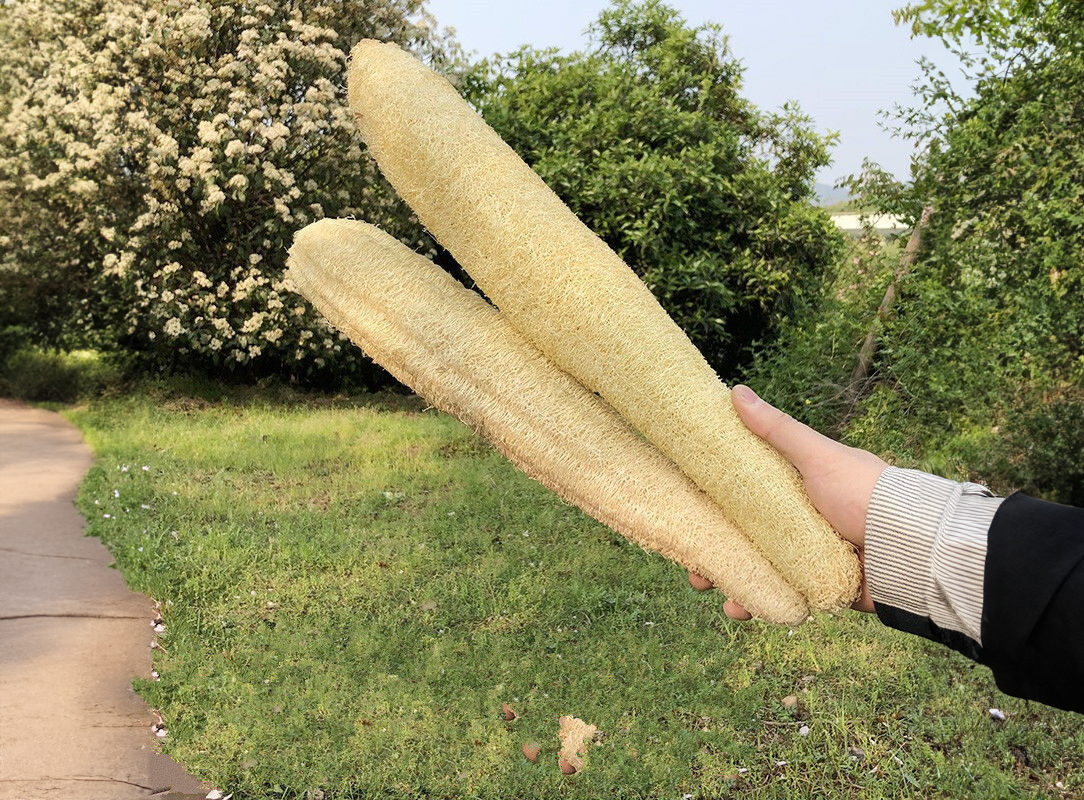1. Introduction
In the world of kitchen hygiene, sourcing the right dish cleaning sponge is crucial. Whether it’s the traditional dishwashing pad, a versatile sponge dish wash, or products from a Swedish dishcloth manufacturer, each option offers unique benefits. This article explores how to find cost-effective, high-quality dish cleaning sponges, ensuring both efficiency and sustainability in kitchen cleaning tasks.

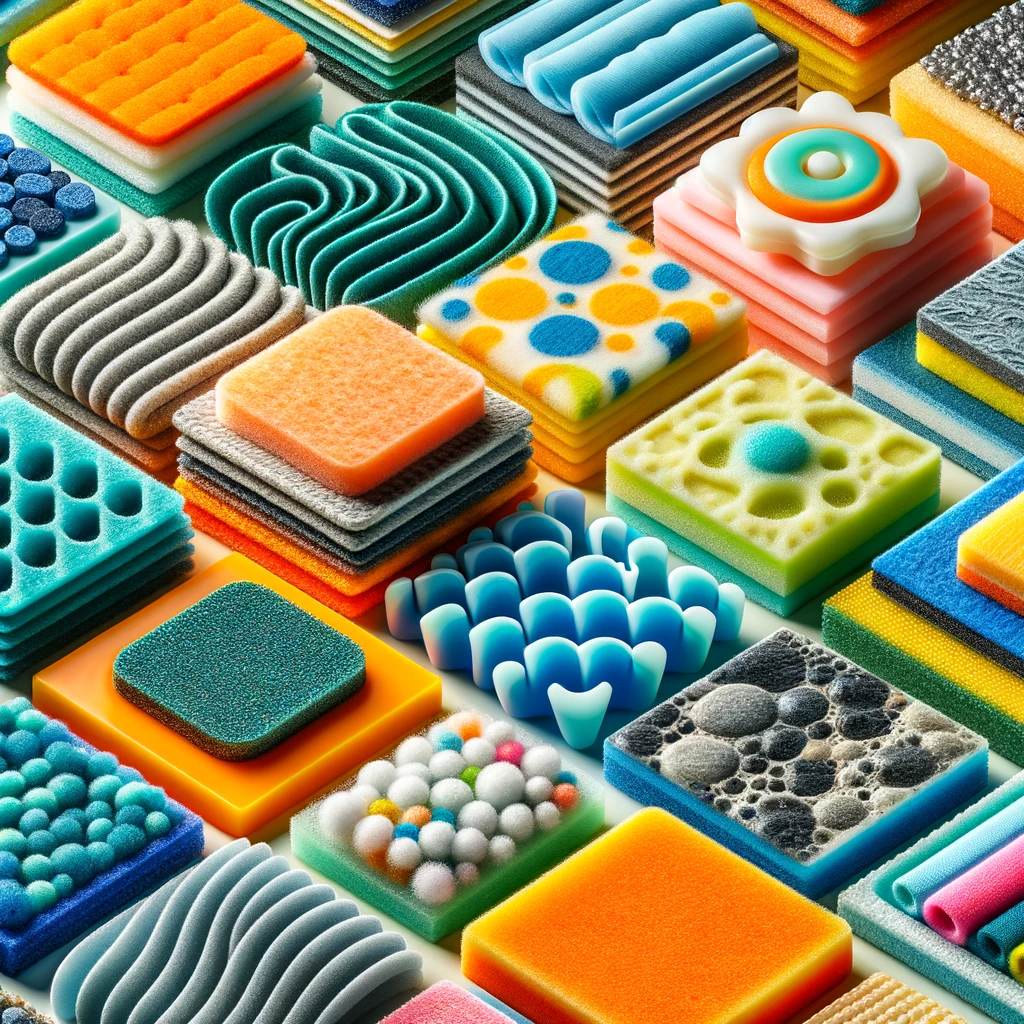
2. Understanding Dish Cleaning Sponges
Dish cleaning sponges, including the traditional dishwashing pad and the modern sponge dish wash, are diverse in their composition and use. Statistics from a kitchenware industry report show that sponge dish wash products have seen a 15% increase in market share over the past year, indicating a shift in consumer preference. This section provides a detailed overview of the materials used in dish cleaning sponges, their absorbency rates, and suitability for different cleaning tasks.
Data Table: Market Share and Types of Dish Cleaning Sponges
| Type of Sponge | Market Share Increase (%) | Material |
|---|---|---|
| Dishwashing Pad | 10 | Cellulose, Synthetic |
| Sponge Dish Wash | 15 | Foam, Microfiber |
3. Benefits of Using Dishwashing Pads
Dishwashing pads are praised for their durability and effectiveness in removing stubborn stains. According to a consumer survey, dishwashing pads rank highly in user satisfaction for their scrubbing ability and longevity. This section explores the benefits of dishwashing pads, emphasizing their cost-effectiveness over time and their ease of use in various cleaning scenarios.
Data Table: Consumer Satisfaction with Dishwashing Pads
| Benefit | Satisfaction Rating (%) |
|---|---|
| Durability | 85 |
| Scrubbing Ability | 90 |
4. Exploring Sponge Dish Wash Options
Sponge dish wash products are increasingly popular for their gentle yet effective cleaning capabilities. A market analysis report highlights that sponge dish wash options are preferred for delicate kitchenware, with a 20% increase in sales in specialty kitchen stores. This section examines the variety of sponge dish wash products available, focusing on their design, material, and user ergonomics.
Data Table: Sponge Dish Wash Sales Increase
| Type | Sales Increase (%) | Preferred Use |
|---|---|---|
| Gentle Sponge | 20 | Delicate Kitchenware |
| Abrasive Sponge | 10 | Tough Stains |
5. Choosing a Swedish Dishcloth Manufacturer
Selecting a Swedish dishcloth manufacturer involves understanding their production standards and sustainability practices. Industry reports indicate that Swedish dishcloth manufacturers who adopt eco-friendly practices see a 25% higher consumer preference. This section discusses criteria for choosing a Swedish dishcloth manufacturer, including material quality, environmental impact, and manufacturing ethics.
Data Table: Consumer Preference for Swedish Dishcloth Manufacturers
| Sustainability Practice | Consumer Preference Increase (%) |
|---|---|
| Eco-Friendly Materials | 25 |
| Ethical Manufacturing | 20 |
6. Cost Analysis and Market Trends
A comprehensive cost analysis of dish cleaning sponges reveals that while initial costs may vary, the long-term value differs significantly. Market trends show a growing preference for eco-friendly options like those offered by Swedish dishcloth manufacturers. This section compares the costs of different types of dish cleaning sponges, incorporating market data to illustrate trends in consumer buying behavior.
Data Table: Cost Comparison of Dish Cleaning Sponges
| Sponge Type | Initial Cost | Long-term Value |
|---|---|---|
| Dishwashing Pad | Low | High |
| Sponge Dish Wash | Medium | Medium |
| Swedish Dishcloth | High | High |
7. Environmental and Quality Considerations
The environmental impact of dish cleaning sponges is an increasingly important factor for consumers. A study by an environmental agency reveals that products from eco-conscious Swedish dishcloth manufacturers have a lower carbon footprint. This section assesses the ecological considerations of various dish cleaning sponges, including biodegradability and manufacturing processes, alongside their quality and effectiveness.
Data Table: Environmental Impact and Quality of Dish Cleaning Sponges
| Sponge Type | Carbon Footprint | Biodegradability | Quality Rating |
|---|---|---|---|
| Dishwashing Pad | Medium | Low | High |
| Sponge Dish Wash | Low | Medium | Medium |
| Swedish Dishcloth | Low | High | High |
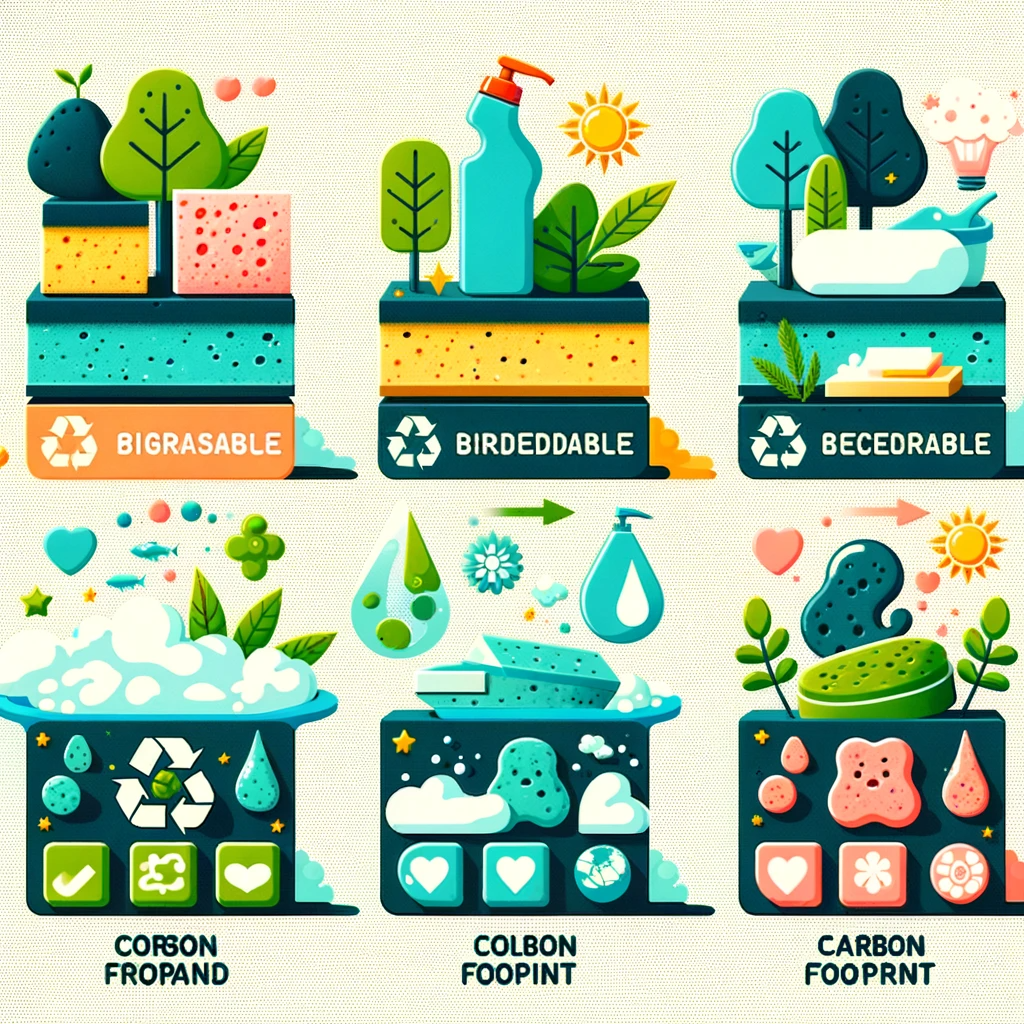
8. FAQs
Q1: What Factors Should I Consider When Choosing a Dish Cleaning Sponge?
Answer: When selecting a dish cleaning sponge, consider the type of cleaning required, the sponge’s material, durability, and environmental impact. Dishwashing pads are great for tough stains, while sponge dish wash options are suitable for delicate items.
Q2: Are Swedish Dishcloth Products More Cost-Effective in the Long Run?
Answer: Yes, products from Swedish dishcloth manufacturers are often more cost-effective in the long run due to their durability and eco-friendly materials, despite a higher initial cost.
Q3: How Can I Ensure the Sponge I Choose is Environmentally Friendly?
Answer: Look for sponges from manufacturers committed to sustainable practices, such as Swedish dishcloth manufacturers, and consider materials that are biodegradable or made from recycled materials.
Q4: What’s the Best Way to Maintain Dish Cleaning Sponges?
Answer: To maintain dish cleaning sponges, rinse them thoroughly after each use, sanitize them regularly, and replace them when they start to degrade or develop an odor.
9. Conclusion
In conclusion, sourcing cost-effective dish cleaning sponges requires balancing factors such as functionality, cost, and environmental impact. Whether it’s a conventional dishwashing pad, a versatile sponge dish wash, or an eco-friendly option from a Swedish dishcloth manufacturer, the right choice depends on individual needs and values. By considering the variety of options available and staying informed about market trends and environmental considerations, consumers and businesses can make well-informed decisions that lead to effective, sustainable, and cost-efficient dish cleaning solutions.


